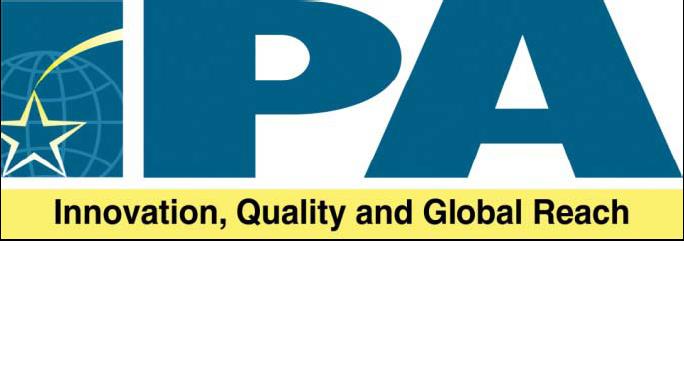 The Indian Pharmaceutical Alliance has made a pre-hearing statement before the USITC with regard to its Indian investigation. The hearing is scheduled for 12 and 13 February 2014.
The Indian Pharmaceutical Alliance has made a pre-hearing statement before the USITC with regard to its Indian investigation. The hearing is scheduled for 12 and 13 February 2014.
In its letter requesting the USITC to initiate an investigation into India’s trade policies, the Senate and House Committees asked the Commission to prepare a summary of U.S. firms’ perceptions on Indian investment and trade policies. The Committees also said that they did not expect the Commission to make findings regarding the legal merits of any Indian laws or policies. The IPA, however, requests the Commission to undertake an evidence based approach rather than relying on mere perceptions of U.S. firms. Towards this end, they request for a data based approach that would help in reasonably ascertaining the extent of impact of India’s IP policies on the revenues of US pharmaceutical companies.
The IPA report too, like the submission made by Professor Srividhya Ragavan, Brook Baker and Sean Flynn, tries to clear the air about Section 3(d), Novartis, Compulsory Licensing, Patent Opposition/procedural requirements and marketing authorizations.
On S. 3(d), The report states that: “Since 2005 when India fully implemented the TRIPS Agreement, over 1500 patents have been granted to the top nine global pharmaceutical companies alone, for products and compositions, apart from patents for manufacturing processes. When the innovator pharmaceutical industry talks of ‘denial’ of patents, it is not talking of patents for medicinal products in general, but really of second or third patents for the same product. We also need to examine whether such denial is ‘unjustified’.
In order to justify second patents on the same product, pharmaceuticals rely on arguments such as the need to recover huge investments in R&D and protection of the value of their investment in innovation. In order to show that these claims are mere perceptions not backed by evidence, and that evidence shows that the initial patent term is enough for pharmaceuticals to recoup investments in R&D, the report quotes from an article published in the Blood, a US medical journal (findings of 119 experts in chronic myeloid leukemia):
The initial pricing of Gleevec in 2001 was US$ 30,000 per patient per year. It was considered high at that time. Gleevec was expected to notch up sales of about US$ 900 million a year, which would have recouped the cost of development within two years.
Gleevec became a blockbuster and usage exceeded expectations. The price was also increased over the years, to US$ 92,000 per patient per year. The revenue from Gleevec were about US$ 4.7 billion in 2012.
On compulsory licensing the report says that India is not the only country which has a compulsory licensing provision and India’s provision is arguably more restrictive. Also, the one and only compulsory license that was granted for Nexavar was a result of careful assessment on facts and such licenses are not granted on mere asking.
Meanwhile, the Alliance for Fair Trade with India has submitted a report to the United States Trade Representative asking for India to be classified as a Priority Foreign Country. The merits of this report will be analyzed by us soon in a subsequent post.

By any chance do you have a copy of the statement? Can you please upload it then?
It is sad that there is very little meaningful debate on policy and international IP arrangements that our government enters into. With such poor awareness among our legislators, and other important functionaries, there is very little parliamentary debate. These are matters of great importance that affect the common man indirectly and have serious repercussions on matters of life and death, as the pharma issues show. A strong and credible parliamentary debate and its record could really strengthen our stand in international fora, such as this one. There should also be debates and academic research over such issues.